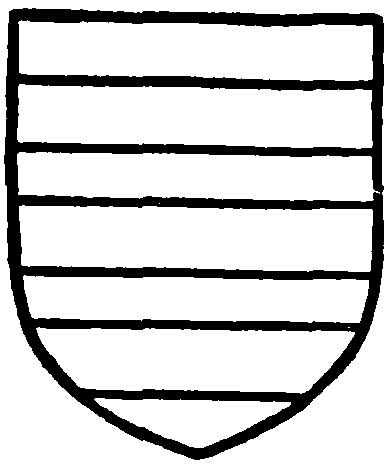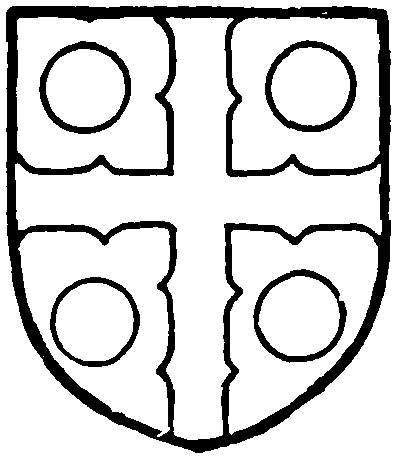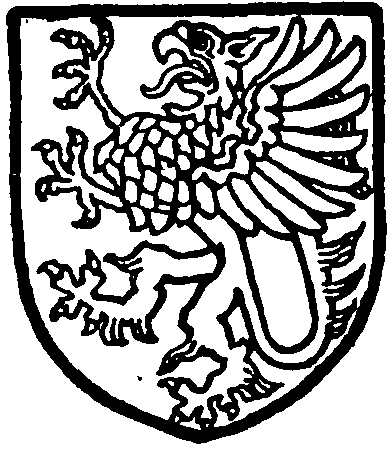A History of the County of Lancaster: Volume 6. Originally published by Victoria County History, London, 1911.
This free content was digitised by double rekeying. All rights reserved.
'Townships: Eccleshill', in A History of the County of Lancaster: Volume 6, ed. William Farrer, J Brownbill (London, 1911), British History Online https://prod.british-history.ac.uk/vch/lancs/vol6/pp278-280 [accessed 19 April 2025].
'Townships: Eccleshill', in A History of the County of Lancaster: Volume 6. Edited by William Farrer, J Brownbill (London, 1911), British History Online, accessed April 19, 2025, https://prod.british-history.ac.uk/vch/lancs/vol6/pp278-280.
"Townships: Eccleshill". A History of the County of Lancaster: Volume 6. Ed. William Farrer, J Brownbill (London, 1911), British History Online. Web. 19 April 2025. https://prod.british-history.ac.uk/vch/lancs/vol6/pp278-280.
In this section
ECCLESHILL
Eccleshull, xiii-xvi cent.
Until the end of the 17th century Mellor with Eccleshill was treated as a joint township for fiscal and administrative purposes, although the two places are distant from each other 3 miles or more. The township lies on the eastern side of the two Darwens and of the river of that name, whose tributary, called in its descent Hoddlesden, Grimshaw, or Davy Field Brook, forms the eastern and northern boundary before joining that river near the village of Lower Darwen. From an elevation near the junction of the two streams of 400 ft. above the ordnance datum the spur of the moorland range which gives name to the place reaches an elevation of 860 ft. at New Sett End on the south side of the township.
The subsoil consists of the Coal Measures, the soil of clay. The situation is bleak and the land consists entirely of meadow and pasture, and is devoid of woodland or plantations. (fn. 1) The area of the township is 797 acres. The south-western part of the township was included in the municipal borough of Darwen in 1879 or 1884. The remainder, containing 629 acres, (fn. 2) was constituted a civil parish in 1894; in 1901 the population numbered 330 persons. The township was included in the ecclesiastical parish of Hoddlesden in 1863. The main road from Blackburn to Bury and Manchester traverses the length of the township with branch roads to Hoddlesden and several to Darwen. The Bolton, Blackburn and Hellifield branch of the Lancashire and Yorkshire Company's railway skirts the township and the Hoddlesden branch line passes through it. The nearest station is at Darwen. There are iron-works, a colliery, a cotton factory, fire-brick, sanitary tube and glazed brick manufactory and brick-works, and the township abounds in beds of coal which are known to have been worked for three centuries, (fn. 3) also beds of fire-clay and of various kinds of stone. The population is chiefly located at Waterside, between Hoddlesden and Grimshaw, where the cotton factory is situated.
A stone cross 2 ft. high, with some Roman coins under it, was found near Guide about 1865 on the direct line of the Roman road from Ribchester through Blackburn to Manchester. (fn. 4)
There is a parish council.
Manor
ECCLESHILL was another member of the knight's fee granted about 1165 by Henry de Lacy to Robert Banastre, as described under Walton-le-Dale. At the beginning of the 14th century the Hoghtons were mesne tenants under the Langtons, and after the Earl of Lincoln's death in 1311 Richard de Hoghton was returned as holding half a plough-land here by the sixteenth part of a knight's fee and 8½d. yearly, doing suit at the three weeks court at Clitheroe. (fn. 5) The mesne tenants also rendered 4s. yearly to the bailiff of Salford Hundred in respect of a 12th-century infeudation made to the Marsey family of this manor, as stated in the account of Mellor. The mesne lordship of the Hoghtons became merged in the superior lordship under the lords of the honor of Clitheroe upon the acquisition of the manor of Walton-le-Dale by that family.

Hoghton. Sable three bars argent.
Under the Hoghtons a family bearing the local name appear as tenants of the manor in the 13th century. Henry de Eccleshill attested a charter in 1214. Robert de Eccleshill occurs in 1246, and was probably father of another Robert, living in 1269, who gave to Stanlaw Abbey the site of a tithe barn between Hoddlesden Brook and Eccleshill Mill, and in 1276 was committed to gaol for disseising Margery daughter of John de Samlesbury of land here. (fn. 6) Robert son of Richard de Eccleshill held the manor in the time of Edward II, and in 1321 enfeoffed Thomas de Culcheth of land called the Halgh in the fork between the River Darwen and Hoddlesden Brook. (fn. 7) He had sons Richard and Robert, but the manor passed early in the reign of Edward III to Adam de Turton, who held lands adjoining the Halgh in 1321, was the largest contributor to the subsidy of 1332, and in 1344 rendered 4s. to the sheriff in respect of this manor. (fn. 8) His son Nicholas de Turton was living in 1346, but died before 1350. (fn. 9) The records are silent for some time, but the manor or part of it appears to have been acquired by the Holdens of Holden. (fn. 10) William Moore of Kirkdale held an estate here at his death in 1409 which doubtless included some part of the manor, for John Moore held Eccleshill in 1445–6 as the forty-eighth part of a knight's fee. (fn. 11) It descended in this family until 1554, when John Moore, esq., and Anne his wife passed by fine to Richard Grimshaw fourteen messuages with lands in Eccleshill. (fn. 12) These estates, including the manor, descended in the Grimshaw family of Clayton-le-Moors until after the death of Richard Grimshaw about the year 1672. A century later the manor was in the possession of the right hon. Richard Clayton, lord chief justice of the Court of Common Pleas in Ireland, 1765–70, of the family of Clayton of Adlington, and afterwards of his nephew Sir Richard Clayton, bart., whose lands here in 1787 paid land tax £6 8s. 1d. out of £9 11s. 10d. charged upon the township. (fn. 13) The manor was sold by Sir Richard about 1814 to Thomas Wilson of Preston. Mr. Wilson's heirs held it in 1836, and sold it in 1859 to James Hodgson of Liverpool, in whose trustees the manor and estates are at present vested. (fn. 14)

Clayton. Argent a cross engrailed sable between four torteaux.

Grimshaw. Argent a griffon segreant sable, beaked and legged or.
GRIMSHAW. At an early date this estate adjoining on the east to Hoddlesden Brook was granted to a family who took name from it. Having acquired half the manor of Clayton-le-Moors by marriage about the year 1345 they removed to that place, in the account of which some notice of the family will be found. In the time of the first Edward the original tenement was augmented by various gifts of adjacent lands from the lords of the vill. (fn. 15)
In 1610 Robert Holden of Holden and Nicholas Grimshaw of Clayton-le-Moors made an agreement for the allotment of the wastes of Eccleshill. (fn. 16)
The Cuerdale family had a small estate here in the 13th century, which passed with their estates to the Osbaldestons. John Osbaldeston sold it in 1593 to Richard Shuttleworth of Gawthorpe, kt., (fn. 17) in whose descendants it has remained, being now in the possession of Lord Shuttleworth of Gawthorpe.
Several of the small freeholders of Over Darwen had lands in Eccleshill; Mr. Abram gives some account of them in the History of Blackburn.
Cecily de Grimshaw and two others contributed to the poll tax of 1379. Only thirty-one hearths were taxed here in 1666. In 1779 Mr. Hamer Taylor and others answered for the ancient rent of 4s. payable yearly to the bailiff of Salford Hundred.